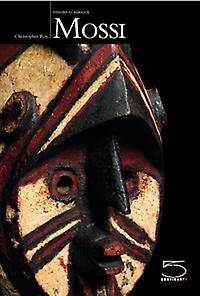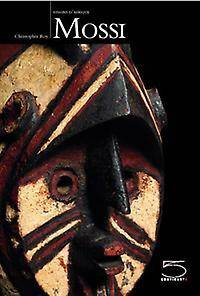
- Afhalen na 1 uur in een winkel met voorraad
- Gratis thuislevering in België vanaf € 30
- Ruim aanbod met 7 miljoen producten
- Afhalen na 1 uur in een winkel met voorraad
- Gratis thuislevering in België vanaf € 30
- Ruim aanbod met 7 miljoen producten
Zoeken
€ 44,45
+ 88 punten
Omschrijving
The Mossi people of Burkina Faso have a rich and complex history that is mirrored by the several types and styles of figures and masks they create. They came into being around 1500 A.D. when a large group of horsemen from what is now northern Ghana rode north into the valley of the Volta River and conquered the local farmers. The descendants of the conquering horsemen became the ruling class and used political art in the form of royal figures to validate their authority. Meanwhile the descendants of the conquered farmers became the spiritual class and made masks to represent the spirits of nature. The stylistic diversity of this art mirrors the several geographically divergent peoples who were conquered in 1500 and eventually became the Mossi we know today. Unlike several other West African peoples, the Mossi have not converted to Islam in large numbers, and so they continue creating brilliant art much as their ancestors did hundreds of years ago. Until the 1980s there was much confusion about the accurate attribution of Mossi art to the people who created it. This book makes clear that the Mossi have continued to create brilliant art which they use to this day to express ideas about politics and religion.
Specificaties
Betrokkenen
- Auteur(s):
- Uitgeverij:
Inhoud
- Aantal bladzijden:
- 144
- Taal:
- Engels
- Reeks:
Eigenschappen
- Productcode (EAN):
- 9788874397006
- Verschijningsdatum:
- 1/01/2019
- Uitvoering:
- Hardcover
- Formaat:
- Genaaid
- Afmetingen:
- 178 mm x 251 mm
- Gewicht:
- 521 g

Alleen bij Standaard Boekhandel
+ 88 punten op je klantenkaart van Standaard Boekhandel
Beoordelingen
We publiceren alleen reviews die voldoen aan de voorwaarden voor reviews. Bekijk onze voorwaarden voor reviews.








